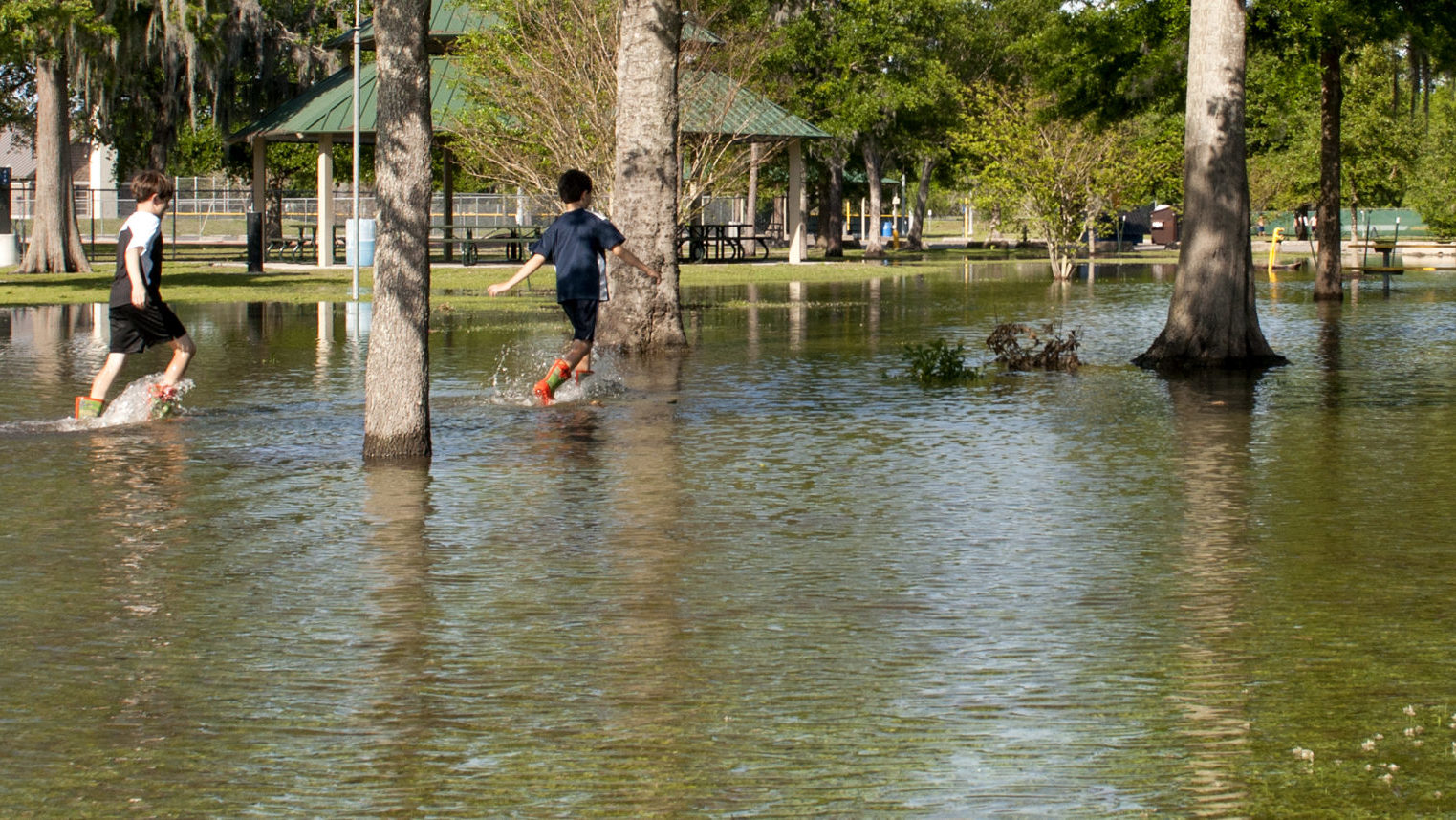
In the aftermath of Hurricane Ida, David Waggonner sat down with Martin Pedersen to discuss New Orleans and the way forward. Here are David’s thoughts on the long-term implications for New Orleans post-Ida:
“Where we should be is in a more robust implementation of the Water Plan, which followed from the Dutch Dialogues®. The plan was finished in 2013. It was not mandated or sanctioned by anybody, but it was adopted in pieces by everybody. The city used it for a while, and they got the money for the HUD application for the Gentilly Resilience District. The State of Louisiana used some of these ideas for the Louisiana LA SAFE program. But what we have now is a challenge to [fuller] implementation.
After the levees failed, people said that we had a system in name only. I would argue that we still have a system in name only. You can’t have a complete flood defense system when you’re only thinking about the perimeter. You’ve got to think about the entirety of the land area. We act like there’s a line, and you’re either inside of it or outside of it, when in fact there’s an outside component, an inside component, and elevation component, and all those things have to be considered if you want to live in this dynamic environment. And the truth is, people would be happier living in this dynamic environment if it took advantage of bringing more water into it. The perversity of our environment is that when you fly into it, all you see is water. Then you come into the city and see no water. That’s inherently unsustainable. New Orleans is probably the only place below sea level in the world that tries to live without surface water.”
